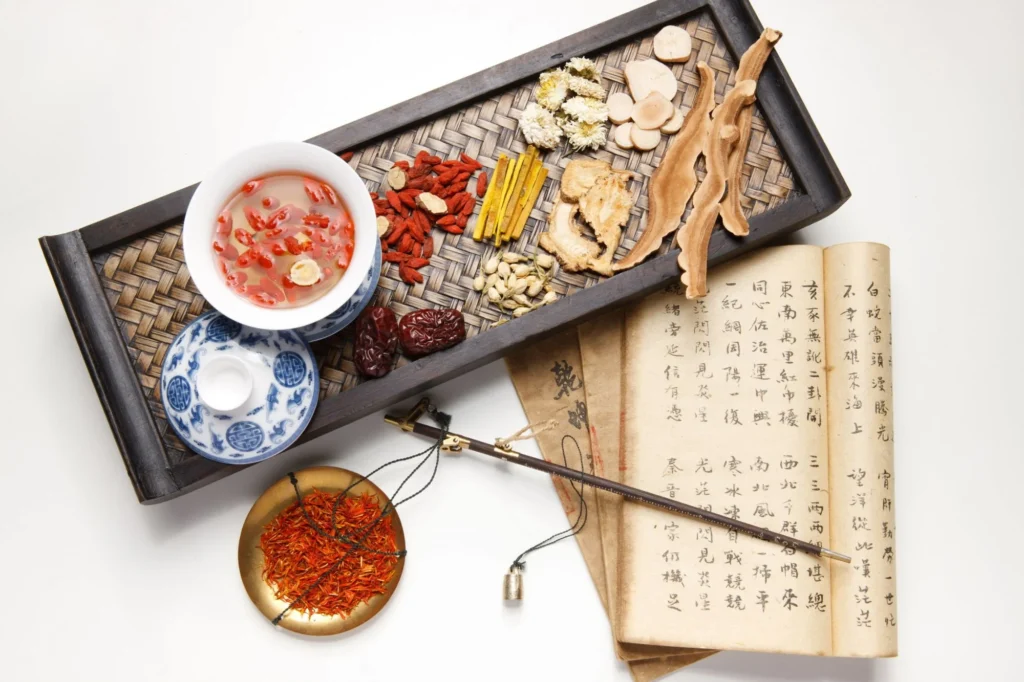In traditional Chinese medicine (TCM), aligning your diet with seasons and the body’s needs is crucial to achieving the balance of yin and yang energy for better health.
The Covid-19 pandemic has more than changed the way we live our lives—it has also affected the way we eat. As most of us are spending more time at home, we’ve all been cooking more, craving comfort foods and even becoming more aware of the impact of healthy eating on the immune system.
According to TCM philosophies, what you eat and drink is one of the keys to staying healthy. It’s believed that if we consume foods that are similar in nature to the external environment, our bodies will be able to adapt to seasonal changes better, thus maintaining a harmonious Qi energy (aka the vital energy of your body; when the flow of Qi is deficient or disrupted, illness likely occurs) and improving your overall wellbeing.
To master the technique of using seasonal food as medicines to boost immunity, it’s important to understand the 24 solar terms. It’s an ancient Chinese lunar calendar that indicates seasonal changes, best agricultural practices as well as wellness tips based on the sun’s position in the ecliptic throughout the year. We speak to Dr Ruth Lee, a registered Chinese medicine practitioner at Balance Health, to discover the characteristics of each season and how to eat well to feel well under different weather conditions.
Spring
Li Chun: The Beginning of Spring (February 4)
Known as the first solar term of the Chinese lunar calendar, Li Chun represents the beginning of spring—a time of rebirth and revival. Springtime is associated with “wood” in the Chinese Five Elements theory, which suggests that human bodies, just like crops, will experience a new phase of “growth” that we should nourish our yang energy more for better health.
The wood element also corresponds to our liver—an organ which governs the overall Qi energy and our emotions. During spring, we should intake more dates, spinach, onion, soybean products, radishes, pickles, sour citrus fruits, and avoid eating fats and highly-seasoned foods to detoxify the liver for a smooth flow of Qi and better emotional health.
Yu Shui: Rainwater (February 19)
Yu Shui indicates the arrival of rainy, warmer weather. There’s an old Chinese proverb that goes “the rainfall in spring is as precious as oil”, so Yu Shui is often valued as a key period for irrigation to make crops grow, especially in dry areas.
Jing Zhe: Awakening of Insects (March 5)
Jing Zhe signals the insect world is awakened from its winter slumber. Everything is growing and bursting into life as the warmer weather approaches. With rising temperatures and an increase in rainfall, it’s ideal timing for agricultural activities.
Chun Fen: The Spring Equinox (March 20)
After the first day of Chun Fen, which means, the sun is moving northwards, days and nights have become equally long. It’s the time when the plants start growing their precious flowers.
Qing Ming: Clear and Bright (April 4)
Qing Ming, sometimes called Pure Brightness, is the only solar term which has its first day marked as a traditional Chinese festival: Qingming Festival (aka Tomb Sweeping Day), in which Chinese families will visit the tombs of their ancestors and prepare offerings to honour them. During Qing Ming, a significant increase in both temperature and rainfall is expected, where farmers will enter a busy period of ploughing and sowing new crops.
Gu Yu: Grain Rain (April 19)
The last solar term of spring reminds us that the seasonal downpours are beginning. Besides highlighting the role of rainfall on crop production, Gu Yu also suggests that there’ll be no more disturbing spring cold snaps as summer is approaching fast.
Food recipe to try during spring: Spring Tea
Best for: Quick relief for indigestion
Ingredients: 15g Hawthorn berry, 10g tangerine peel
Method:
- Rince all the ingredients thoroughly.
- Put them in a pot with one litre of water and cook until the liquid boils.
